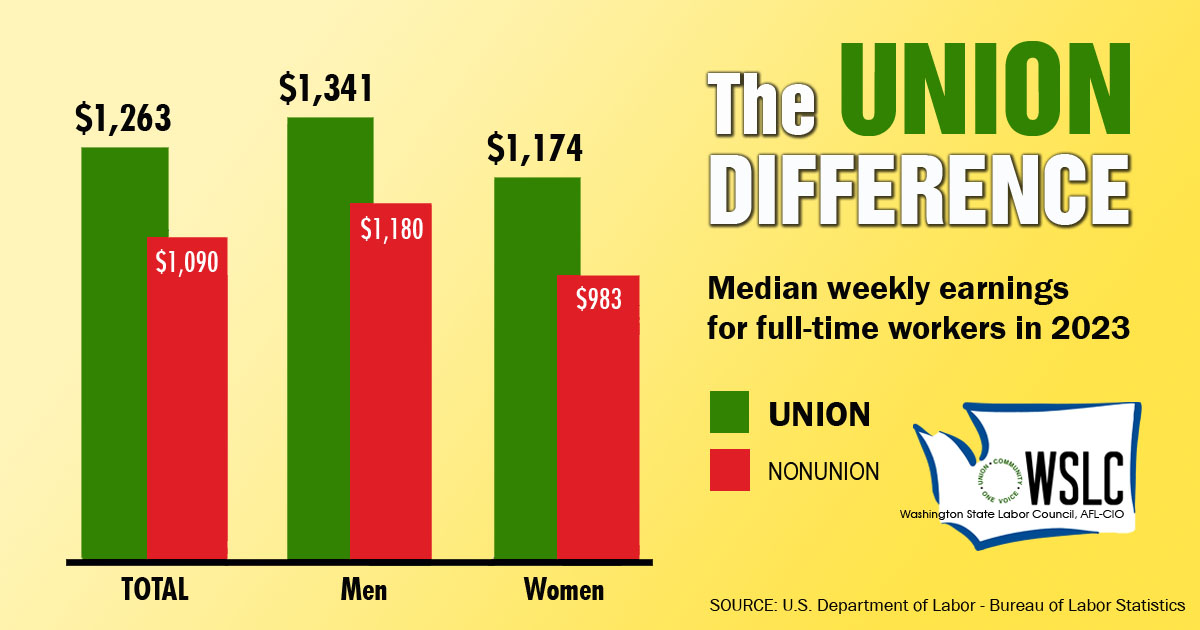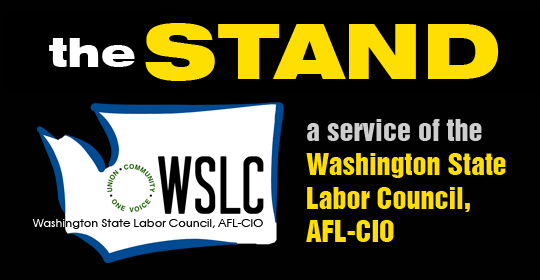OPINION
TAA program helps many laid-off workers
 By CAITLYN JEKEL
By CAITLYN JEKEL
and BILL MESSENGER
(Aug. 12, 2013) — A recent report in The Seattle Times regarding the U.S. Department of Labor’s approval of unemployment assistance for Boeing workers has led some to believe that unions had secured special federal benefits for their members that the rest of us can’t get.
The unfortunate truth is that layoffs of this kind are all too common in our state, making these benefits a necessity. The Trade Adjustment Assistance (TAA) program has already helped tens of thousands of unemployed workers across Washington find new jobs and make ends meet until they do.
Its beneficiaries include folks laid off from hundreds of Washington companies, big and small, ranging from service sector to manufacturing, including forest products, call centers, food processing and more.
It’s helping families survive job losses due to offshore outsourcing or foreign competition.
We are often told that Washington is a trade-dependent state and international trade is directly responsible for the existence of thousands of family-wage jobs here and indirectly responsible for many more. And it’s true.
But America’s trade policies have also harmed many American industries and workers. Since our country entered the North American Free Trade Agreement in 1994, the U.S. Department of Labor reports that the United States has lost about 5 million jobs in manufacturing because companies have shifted production and investment overseas. Millions more have been lost as tariffs and other barriers to cheap imports were lifted.
Our government knew that this would happen, but perhaps it failed to predict the size and scale. That’s why, when NAFTA was approved, Congress also created a program to cushion the blow for negatively affected businesses and workers. As the U.S. entered subsequent trade agreements, and job losses have continued in certain industries, these programs have been reauthorized.
Today that program is known as Trade Adjustment Assistance. It provides technical support to economically distressed businesses to help build exports and mitigate layoffs. It helps laid-off workers get career counseling and retraining. If they can’t quickly find new jobs, the assistance program provides extended unemployment benefits and helps maintain health-insurance coverage through a tax credit.
It’s a small consolation for people who have lost jobs through no fault of their own. It’s not a golden parachute that any of us would want.
As labor liaisons for the Workforce Investment Act, we work in partnership with state and local service providers to help dislocated workers understand what assistance is available to them. We help companies and their laid-off workers apply for federal TAA assistance, if they are eligible. More information can be found at www.taa-washington.org.
We work for a union organization, but we proudly provide assistance to all workers whether or not they belong to a union. In fact, more nonunion companies and workers in Washington have received TAA benefits than unionized ones.
The TAA program was last authorized in 2011 when Congress passed trade agreements with South Korea, Panama and Colombia.
As our government continues to pursue similar trade deals that lack basic labor standards and environmental protections, including the mammoth Trans-Pacific Partnership now being negotiated, count on more of your family, friends and neighbors in Washington to lose their jobs.
The least our government can do is help the victims of these policies.
In our experience, people who have lost their jobs because their company has shifted jobs overseas all want the same thing: to find employment and keep their families from suffering. That’s what the TAA program helps them do.
The following 2011 video that explains Trade Adjustment Assistance was produced by the Washington State Labor Council, AFL-CIO:
Caitlyn Jekel and Bill Messenger are Labor Liaisons for the Workforce Investment Act. You can reach them at cjekel@wslc.org and bmessenger@wslc.org. This column appeared in Saturday’s edition of The Seattle Times and is posted here with the authors’ permission.





